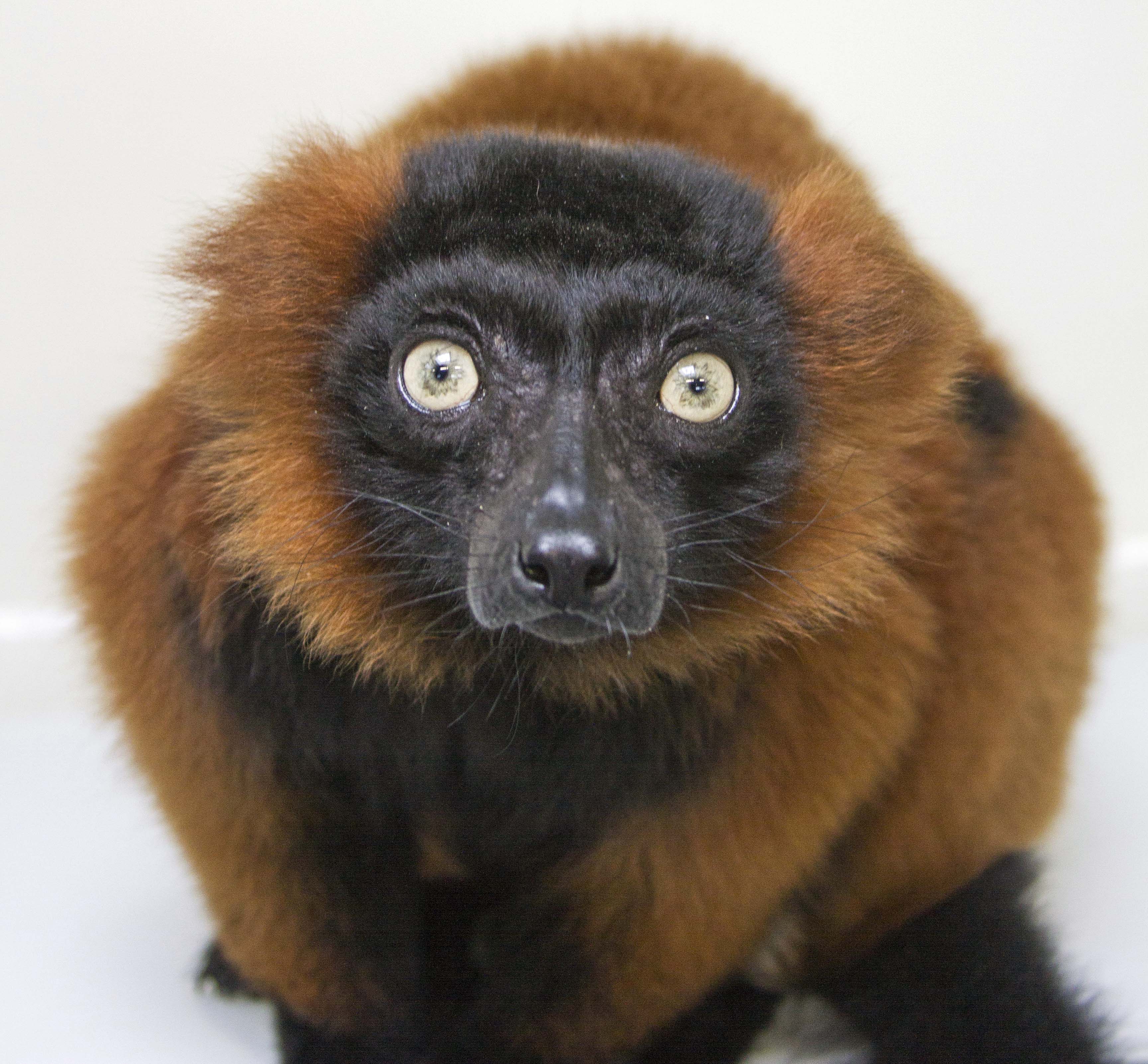If you go
› What: Opening of Lemur Forest.› When: Wednesday, March 1.› Where: Tennessee Aquarium, 1 Broad St.› Admission: $29.95 adults, $18.95 children 3-12.› Phone: 1-800-262-0695.› Website: www.tnaqua.org.› Note: Hours are 10 a.m.-6 p.m. daily.
Tennessee Aquarium guests have had little cause to look up as they rambled beneath the iconic glass peaks of the Ocean Journey building - until now.
Leading up to the grand opening of the Lemur Forest exhibit on Wednesday, March 1, anyone planning a visit to the building's top floor will want to start exercising their neck muscles now.
A four-month renovation has completely transformed the Tropical Cove, transporting guests into the spiny forests and rain forests of Madagascar. This lush environment soon will echo with the calls and sway beneath the paws of seven endangered ring-tailed lemurs and a pair of critically endangered red-ruffed lemurs.
These charismatic, acrobatic primates will be leaping through an exhibit space designed, from the ground up, to take advantage of Ocean Journey's most distinctive - and underutilized - feature: its tremendous vertical space.
"When you walk in Tropical Cove, there are these huge peaks overhead, but there wasn't much going on up there," says Dave Collins, the aquarium's director of forests and animal behavior. "We thought, 'Is there some way we can use that space to create a more enriching environment for the animals?'"
Lemur Forest is the end result of three and a half years of research and months of consultation with experts at other institutions that care for lemurs. Early in that process, aquarium staff concluded that, especially when exhibiting two species side by side, it was vital to make their habitat as varied and stimulating as possible.
In Lemur Forest, the ring-tails and red-ruffs can clamber to perches more than 30 feet above the ground and scamper through more than 120 horizontal feet of terrain full of ups and downs. Part of this habitat includes an aerial skyway arching just over the entrance to the Cove, offering guests an immediate opportunity to lay eyes on the lemurs.
"We've created a really dynamic environment that affords these animals a lot of choices," Collins says. "The exhibit gives us a lot of options to ensure they remain healthy and happy."
Beyond being exciting to watch, lemurs represent an important conservation story. All of the more than 100 known species of lemur are native to Madagascar. Like many islands, this African nation is a hotspot of biodiversity, an environment where three-quarters of the native plant and animal species can be found nowhere else.
Lemurs are the most endangered class of mammals on the planet. In Madagascar, all lemur populations are declining, and more than two-thirds are classified as endangered or critically endangered, according to the International Union for Conservation of Nature.
That makes ensuring the health and well-being of captive populations all the more important, says Chelsea Feast, a lemur expert who relocated to the aquarium from the Maryland Zoo in Baltimore.
"They are, from a conservational standpoint, an animal that needs attention brought to it," she says.
Although lemurs are the exhibit's namesake, they aren't the only newcomers to Ocean Journey. The ring-tails, who spend less time in the trees than the fruit-loving red-ruffs, will share ground space in Lemur Forest with several knobby-shelled - and critically endangered - radiated tortoises, another native Madagascar species.
Aquarium guests will be able to enjoy two new "Leaping Lemurs" presentations each day at 11 a.m. and 3 p.m. These additions to the menu of Extraordinary Experiences programs provide opportunities to learn more about these creatures from the experts who care for them. They will also discover how the aquarium is supporting conservation measures in Madagascar to save lemurs and other imperiled species.
"You'll see the red-ruffed lemurs hanging upside down using their incredibly strong back feet," Feast says. "We'll also show how the ring-tails use their iconic black-and-white tails for balance. Occasionally you'll see them sunbathing in a yoga-like, seated position, which looks pretty comical. We call it 'sun worshiping.'"
The transformation of Tropical Cove also includes dramatic improvements to Stingray Bay. The walls of the aquarium's largest touch tank are now significantly thinner and smoother to make it easier than ever for guests, particularly younger visitors, to lay fingers on its many ray and shark species.
Guests also are now able to enjoy an exotic display of colorful orchids and insectivorous plants housed in a lava rock display installed at the south end of the room just before construction of Lemur Forest began.


